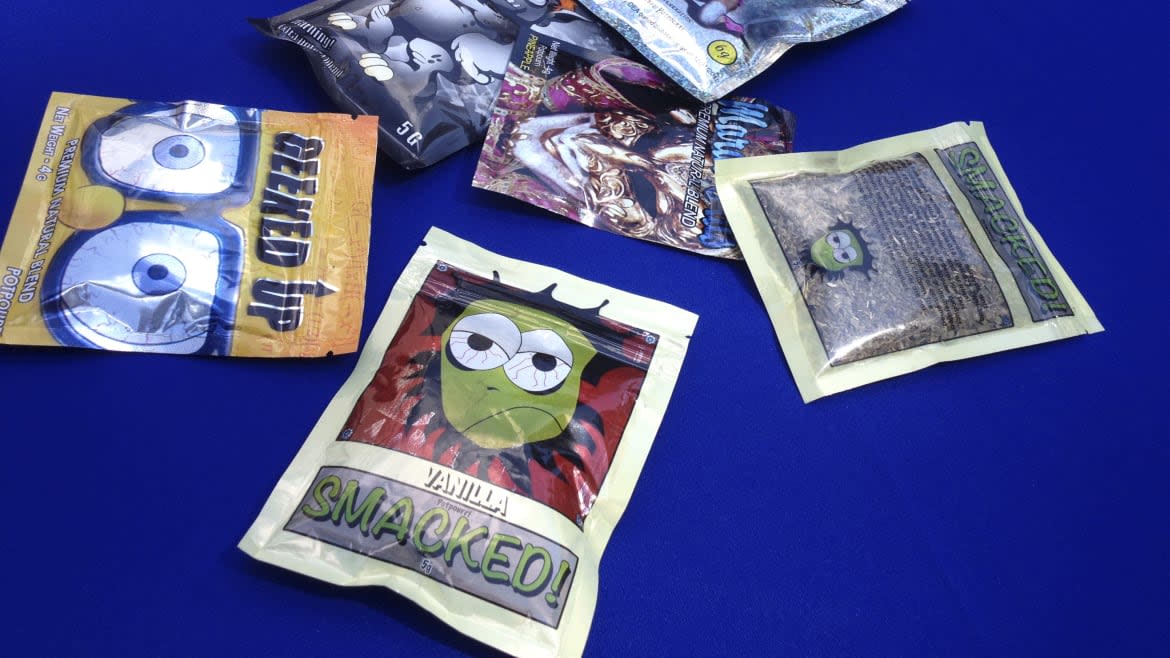Cops Could Turn to Machines to Crack Down on Synthetic Drugs

Synthetic drugs like “bath salts” and designer weed show no signs of slowing down. The more governments try to identify and outlaw these substances, the faster new ones are invented and pushed onto the market—even as overdoses continue to claim more lives.
Law enforcement agencies want to get ahead of the curve and anticipate these drugs before they take off. So researchers at the University of British Columbia created an A.I. model that can predict what kind of new synthetic drugs are most likely to be made and appear on the market, giving cops a heads-up that could shrink drug investigations down from months to days. The model is detailed in a new study published in Nature Machine Intelligence.
The synthetic drug industry is basically a form of cutting-edge chemistry. Underground chemists develop and play around with new molecules that emulate the psychoactive effects of more conventional drugs like cannabis. But shifting around these molecules means the drugs are technically not the same as illegal substances, which means users get a legal high and manufacturers can’t be prosecuted. The possibilities for new synthetic drugs are basically limited by the imagination.
Synthetic Marijuana Now the Top Killer in Florida Prisons
But A.I. technologies have the uncanny ability to ingest massive amounts of data and spit out more practical analyses. In this case, researchers fed an A.I. model a database of hundreds of known psychoactive substances. The model learned to predict 8.9 million potential synthetic drugs that could be developed—a testament to its capabilities.
Researchers then tested the A.I. against 196 synthetic drugs that emerged on the market after the model’s training had already begun—so these were drugs it did not know already existed. It turns out, the A.I. had already predicted the emergence of more than 90 percent of those drugs.
Moreover, the A.I. also learned how to predict which kinds of molecules were more likely than others to appear on the illicit drug market. From the dataset of the 196 new synthetic drugs, the model was able to correctly predict which chemical structures would land in the top 10 most popular drugs with 72 percent accuracy. Improvements to the model with other bits of chemical data boosted this accuracy to 86 percent.
Could This A.I. Tool Help Prevent the Next Pandemic Nightmare?
According to the study authors, some authorities around the world have already expressed interest in adopting and using the model as part of their investigations.
“There is an entire world of chemical ‘dark matter’ just beyond our fingertips right now,” said study coauthor and UBC medical student Michael Skinnider in a statement. “I think there is a huge opportunity for the right A.I. tools to shine a light on this unknown chemical world.”
Got a tip? Send it to The Daily Beast here
Get our top stories in your inbox every day. Sign up now!
Daily Beast Membership: Beast Inside goes deeper on the stories that matter to you. Learn more.

